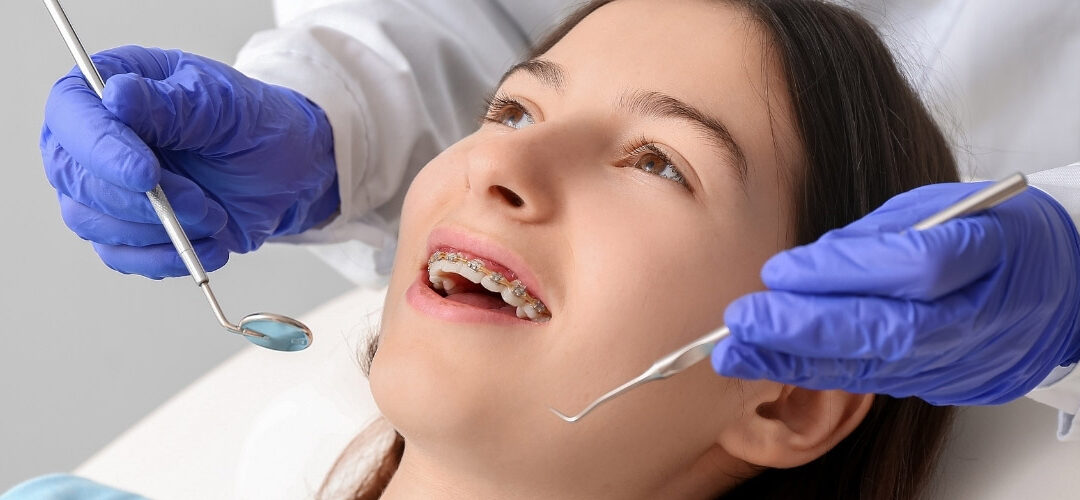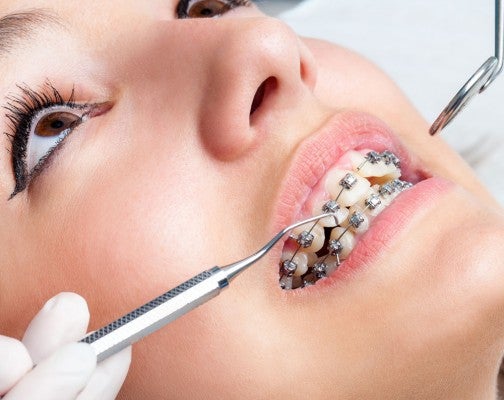Comprehensive Overview to Orthodontics Procedures for Dealing With Dental Imbalances
Understanding the intricacies of each treatment, including their systems, advantages, and prospective drawbacks, is vital in making educated choices about one's orthodontic treatment. As we browse with the extensive overview to orthodontic procedures for correcting oral imbalances, the intricate information of each technique will unravel, dropping light on the path towards a useful and harmonious oral placement.
Orthodontic Procedures Summary

In enhancement to clear aligners and traditional dental braces, orthodontists might likewise advise various other interventions like headgear, palatal expanders, or retainers to deal with certain alignment concerns (cumming invisalign). These procedures are tailored to each person's unique needs and might include a combination of treatments to attain the desired outcomes. Routine adjustments and surveillance are vital components of orthodontic therapy to guarantee progress is on track and to make any type of essential alterations along the road. By undertaking orthodontic procedures, clients can not only attain a straighter grin yet also improve their general oral health and feature.
Conventional Dental Braces: How They Function
When considering orthodontic therapies for dental misalignments, standard braces stand out as a tried and true technique for correcting teeth positioning. Standard dental braces consist of braces, wires, and bands that work together to apply continual stress on the teeth, slowly moving them right into the preferred placement.
One key facet of exactly how standard braces work is the process of bone makeover. As stress is put on the teeth through the braces, the bone surrounding the teeth is reshaped to support the brand-new tooth placements. This remodeling is vital for the lasting stability of the remedied positioning. Individuals will certainly require regular changes at the orthodontist's office to ensure the dental braces remain to apply the proper pressure for effective teeth activity.
Unnoticeable Aligners: Cons and pros
These clear, custom-made trays are virtually unseen when used, making them an attractive option for people looking for a more aesthetically pleasing orthodontic therapy. People can eliminate the aligners before eating or brushing their teeth, minimizing the threat of food obtaining stuck in the appliance and simplifying the cleaning procedure.

Surgical Orthodontic Options
Surgical interventions in orthodontics existing feasible choices for attending to complicated dental misalignments that may not be properly fixed through standard orthodontic therapies. While unseen aligners and typical braces can fix numerous orthodontic concerns, certain situations call for medical intervention to achieve optimal outcomes. Surgical orthodontic options are generally recommended for severe malocclusions, significant jaw discrepancies, and cases where the underlying bone framework requires modification to achieve proper placement.
One typical medical orthodontic procedure is orthognathic surgical treatment, which entails rearranging the jaws to deal with functional concerns such as difficulty talking or eating. This surgical treatment is commonly carried out in collaboration with an orthodontist who aids align the teeth prior to and after the procedure. Surgical orthodontics may additionally entail treatments to subject affected teeth, remove excess periodontal tissue, or improve the jawbone to produce a much more unified face account.
Prior to considering medical orthodontic options, patients undertake a comprehensive analysis to identify the necessity and prospective benefits read of such interventions. orthodontics. While surgical procedure may seem difficult, it can significantly boost both the feature and aesthetic appeals of the smile in instances where conventional orthodontic treatments fail
Retainers and Post-Treatment Treatment

Post-treatment treatment includes complying with the orthodontist's guidelines vigilantly. This might consist of proper oral health practices, participating in follow-up appointments, and using the retainers as suggested. Failing to adhere to post-treatment treatment instructions can our website lead to relapse, where the teeth gradually relocate back towards their original positions. Consistent retainer wear, good oral hygiene, and routine oral check-ups are vital for preserving the outcomes attained with orthodontic surgical procedure and ensuring the lasting security of the fixed oral positioning.
Final Thought
In conclusion, orthodontic procedures provide various alternatives for dealing with dental imbalances. Typical braces make use of metal brackets and cables to change teeth into appropriate positioning. Invisible aligners give an even more discreet option but might not be suitable for all instances. Surgical orthodontic options are readily available for extra extreme misalignments. Retainers are typically utilized post-treatment to keep the brand-new alignment. On the whole, orthodontic procedures can properly improve oral health and wellness and aesthetic appearance.
As we navigate with the comprehensive guide to orthodontic treatments for correcting oral imbalances, the complex details of each approach will certainly unfold, shedding light on the path towards a unified and practical dental placement. - cumming braces
One of the most usual orthodontic treatments is the use of braces, which consist of metal braces and cables that use gentle stress to slowly shift teeth into the wanted placement.When considering orthodontic treatments for dental misalignments, conventional braces stand out as a tried and true method for fixing teeth placing. Furthermore, unnoticeable aligners may not be ideal for complex orthodontic concerns that require more considerable teeth motion, as they are commonly suggested for light to modest cases. Retainers are customized orthodontic devices designed to hold teeth in their corrected settings after the conclusion of orthodontic therapy.
Comments on “Discovering the Right Cumming Orthodontist for Your Braces and Aligners Demands”